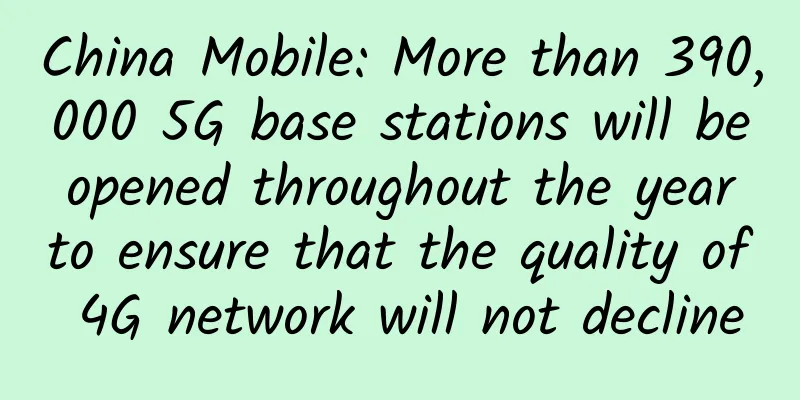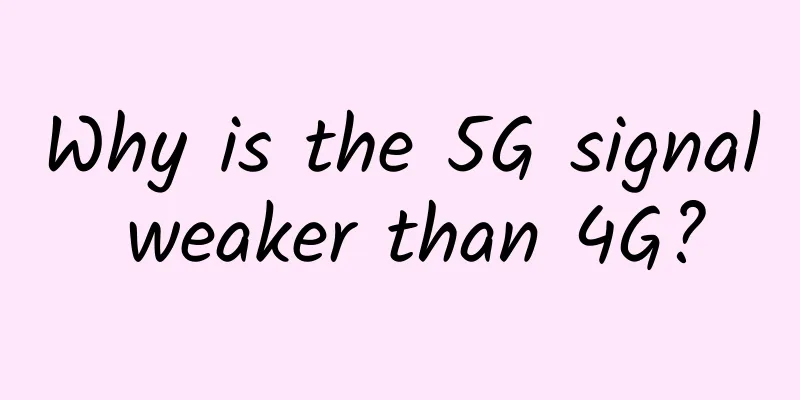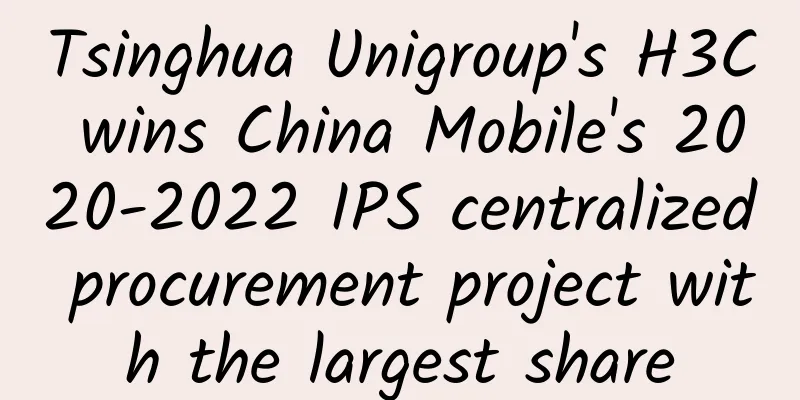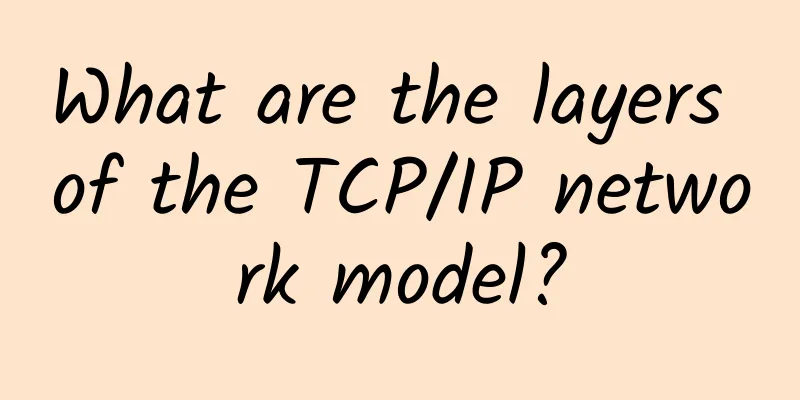A chart showing the first phase 5G deployment schedule of the four major US operators
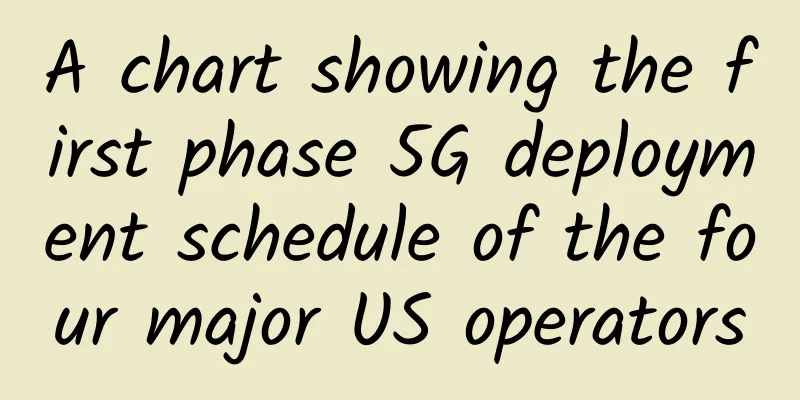
|
5G is accelerating. 3GPP has completed the non-standalone (NSA) 5G standard in December 2017, and will complete the standalone (SA) 5G standard in June 2018. Among them, US operators have been actively conducting 5G trials and explorations since 2017. So far, the country's four major telecom operators have clear plans for the first phase of 5G deployment. 1. AT&T In 2017, AT&T launched pre-standard 5G fixed wireless trials for consumers, small businesses and education customers in Austin and Waco, Texas, Kalamazoo, Michigan and South Bend, Indiana. It also launched two AirGig trials to deliver ultra-fast, low-latency Internet over power lines, one in Georgia and one internationally. In the second half of 2018, AT&T plans to launch 5G services in Indianapolis, Atlanta, Boston, Chicago, Los Angeles, Nashville and San Francisco. In this way, AT&T hopes to become the first operator in the United States to launch 5G services. 2. Verizon Verizon has successfully completed 5G residential application trials in 11 markets in 2017, and the commercial launch will be based on user experience. In the second half of 2017, it announced a partnership with Qualcomm and Ericsson to improve network speed and capacity using synchronized multi-antenna technology. Verizon is confident in new technologies powered by millimeter wave spectrum. Recently, Verizon announced that it will launch 5G residential broadband services in 3-5 cities in the United States in 2018, initially selecting Sacramento, California as the first city to deploy 5G. The service uses wireless signals instead of copper wires or optical fibers to provide unprecedented Internet access speeds. Users will benefit from a variety of services, including broadband, mobile, IoT, 3D and virtual reality applications with sufficient bandwidth and low latency. 3. Sprint In 2017, Sprint announced that it would cooperate with SoftBank and chip maker Qualcomm to develop 5G solutions using the 2.5GHz high frequency band, and the actual deployment time was determined to be the second half of 2019. In addition, Sprint will use Ericsson's massive MIMO solution as a bridge to narrow the gap between 4G and 5G. By increasing capacity and providing high-speed data services, it can effectively support the growing needs of consumers. In addition, Sprint is working with its RAN suppliers Ericsson, Nokia and Samsung to achieve end-to-end availability of 5G NR on Sprint's 2.5GHz spectrum. Sprint's initial path to 5G marketization is to deploy 2.5 GHz Massive MIMO to achieve the goal of commercialization in 2018. 4. T-Mobile T-Mobile announced earlier that it will achieve nationwide 5G coverage in 2020. Ericsson and Intel will work with T-Mobile to deploy 5G, using 600MHz wireless frequency, to complete real-time, mobile nationwide 5G construction by 2020, with a focus on 5G hotspots. T-Mobile hopes to use low, medium and high frequency bands to complete indoor and outdoor 5G network construction. The low frequency band is 600MHz, which is twice as fast as the medium frequency band. |
<<: Evolution of network automation to network intelligence
>>: AI chip black technology inventory
Recommend
TCP, it’s finally here!
[[394208]] Previous articles have been talking ab...
Small companies can also have big innovations: the story behind Zhejiang Mobile's "dedicated through train"
1. Introduction The wave of "mass entreprene...
Netty - Sticky Packets and Half Packets (Part 2)
Continue from the previous article "Introduc...
CDN: What are edge CDN and virtual CDN (vCDN)?
What are the limitations of CDN today? Today, con...
Five driving forces and four challenges for 5G development
At the end of June, MWC19 Shanghai was once again...
The 10 coolest web startups of 2020
Changing the rules of the online market It’s safe...
Different Types of Network Cables and Their Uses
In today's connected world, network cables pl...
[11.11] Hostons: VPS hosting annual payment free double hard disk + double traffic
Hosteons launched a "11.11 Promo - DOUBLE Ba...
Chen Jinqiao: China's 4G network sets a world record and its network quality is the best in the world
On December 23, at the annual APP awards ceremony...
How 5G will change engineering design
The past decade has seen unprecedented technologi...
How much does it cost to build a 5G base station?
Since the official announcement of commercial use...
How to optimize network operations in times of change
As the impact of the coronavirus pandemic has cha...
How can operators play the 5G messaging card well?
5G is a technology that can rewrite the "rul...
How to build a secure HTTPS site step by step
[[261093]] Usually a web site opens HTTPS. Taking...
iOVZ: Hong Kong independent server from 480 yuan/month, CMI line 100M bandwidth, South Korea SK data center VPS 30% off from 48 yuan/month
iOVZ is carrying out a Double 12 promotion, with ...

